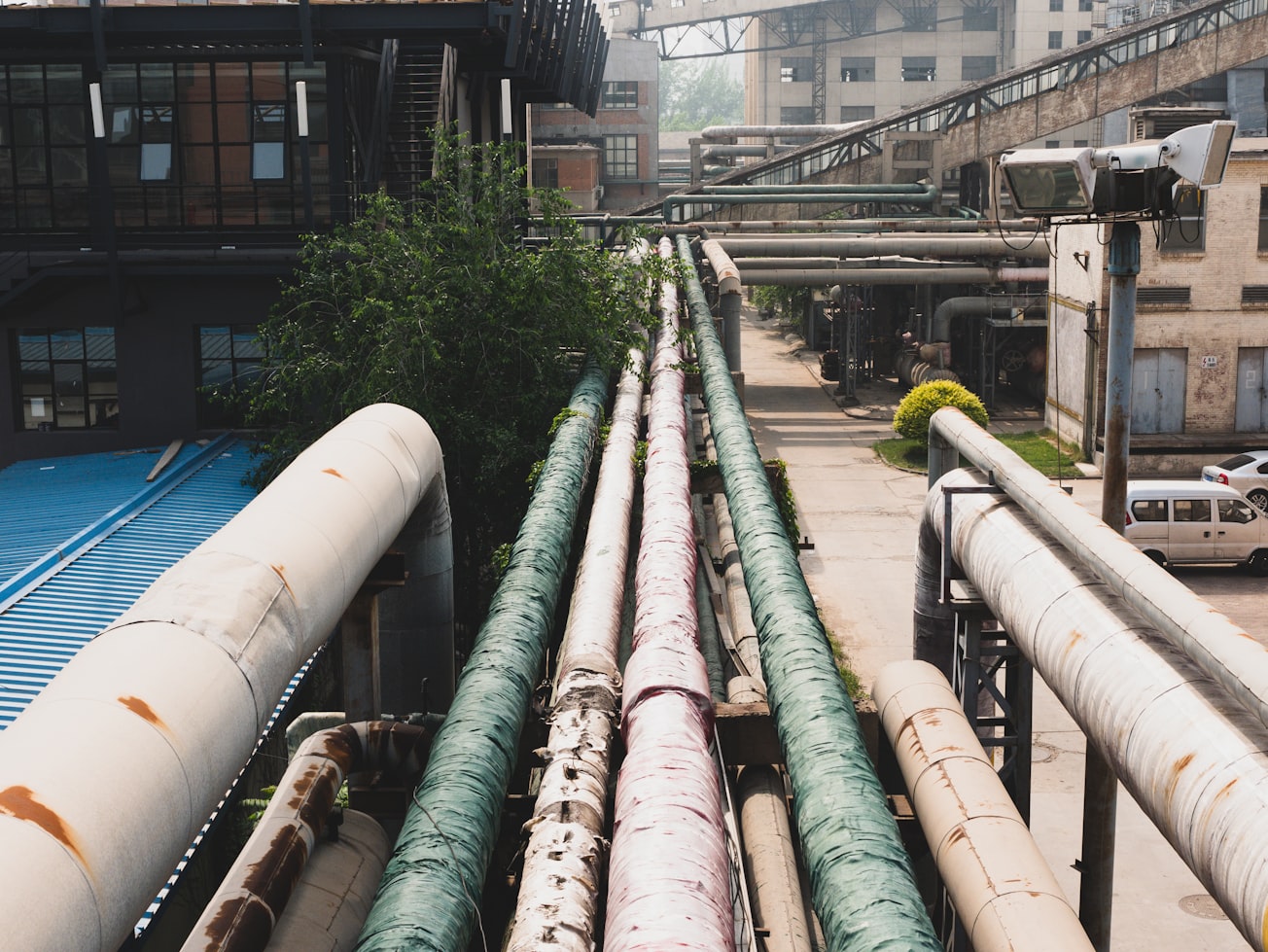What is it about?
A methodology is developed in this paper to estimate the time-dependent reliability of a pipeline in Algeria which is in exploitation from 1981 and with internal and external localized corrosion defects detected in 2009. A probabilistic approach was applied to a pipeline made of API 5L X60 steel for the long-distance transportation of natural gas (55 km) which crossing several geographical reliefs in different country areas.
Featured Image

Photo by Fabio Sasso on Unsplash
Why is it important?
In this paper, a methodology based on the probabilistic approach is developed to estimate the remaining life of steel pipeline exposed to the localized corrosion attack and with different corrosion defects. The extensive statistical analysis has been performed to assess the mean values, coefficients of variation, and the probability densities of the pipeline defect spatial dimensions and to apply the probabilistic approach. To enhance the accuracy of the reliability assessment, the correlations between defect dimensions are taken into consideration in addition to the corrosion rate in the two principal directions: axial and circumferential.
Perspectives
The reliability analysis was implemented to assess the reliability index and the probability of failure of the corroded pipeline and to predict its remaining service life for three predefined corrosion rates, designated as a low, moderate, and high corrosion rate. The developed methodology for prediction of the reliability degradation of a pipeline made of API 5L X60 steel is improved and more accurate hence it provides a powerful decision tool during the pipeline inspection and for the maintenance program upgrade and improvements.
Professor Milos B. Djukic
University of Belgrade, Faculty of Mechanical Engineering
Read the Original
This page is a summary of: Probabilistic analysis of corroded pipeline under localized corrosion defects based on the intelligent inspection tool, Engineering Failure Analysis, June 2020, Elsevier,
DOI: 10.1016/j.engfailanal.2020.104683.
You can read the full text:
Resources
Contributors
The following have contributed to this page







